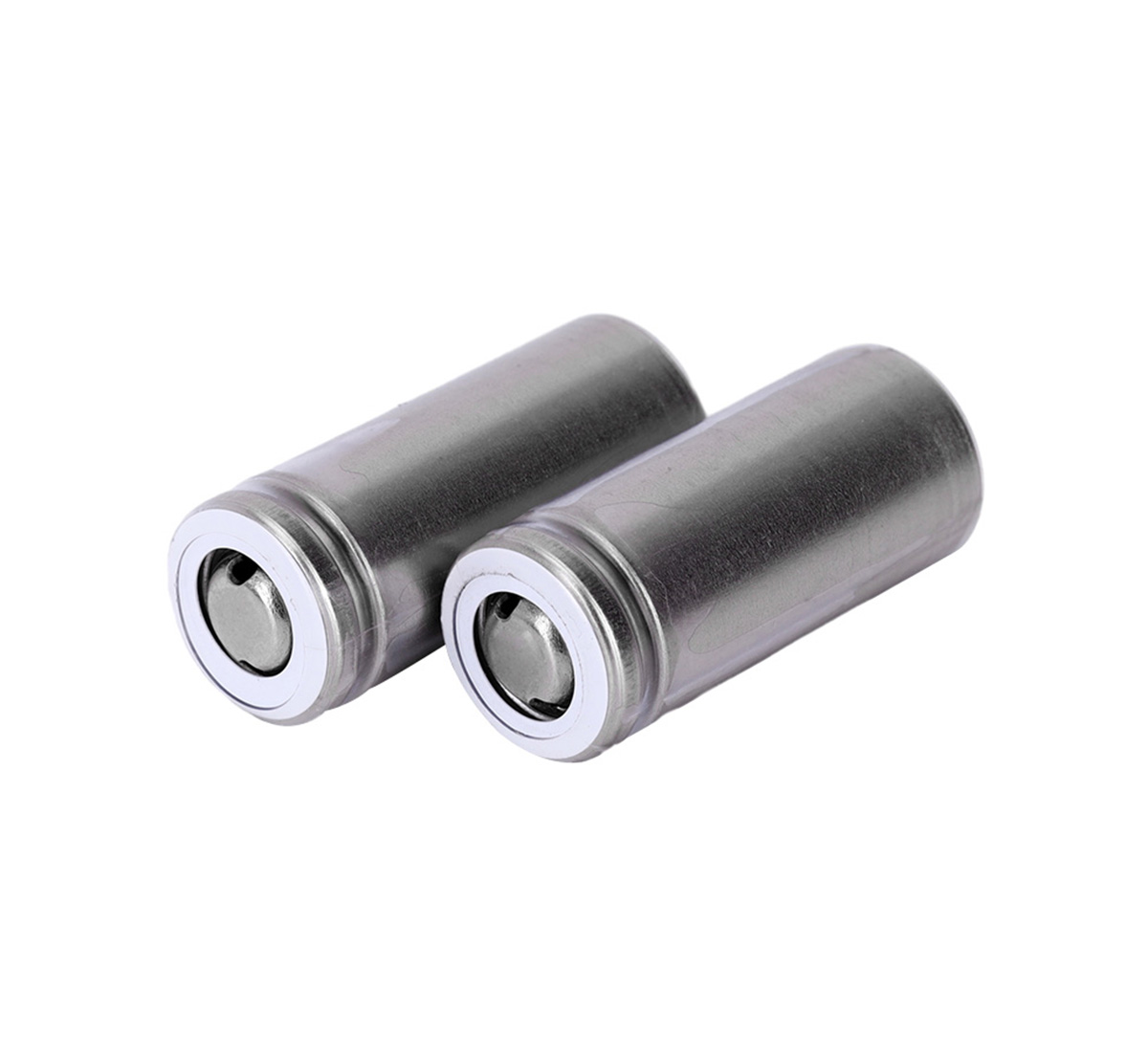Time:2024-02-26 Preview:1 source:News

The production process of lithium batteries mainly includes the following steps:
Negative electrode homogenate: After mixing the negative electrode active material, solvent and binder evenly, apply it on the negative electrode current collector, and then make the negative electrode sheet after drying, compaction and other processes.
Positive electrode homogenization: After mixing the positive electrode active material, solvent, and binder evenly, it is coated on the positive electrode current collector, and the positive electrode sheet is made after drying, compaction, and other processes.
Coating: Coat the positive and negative electrode slurries on the metal foil materials respectively to form positive and negative electrode pieces.
Rolling: Roll the coated pole pieces through a rolling machine to make them have a certain density and thickness.
Cutting: Cut the rolled pole pieces into certain sizes for subsequent assembly.
Baking: Bake the cut pole pieces to remove moisture and solvent and improve the mechanical strength of the pole pieces.
Winding/Lamination: Winding or laminating the positive and negative electrode sheets and separators in a certain order to form battery cells.
Putting into the case: Put the rolled/laminated cells into the battery case and prepare for subsequent packaging.
Spot welding: Use a spot welder to weld the battery core and battery case to ensure a firm connection between the battery core and the battery case.
Baking: Bake the welded battery to ensure that the solvent and moisture inside the battery core are completely evaporated, thereby improving the performance and safety of the battery.
Liquid injection: Inject electrolyte into the battery cell to provide ion channels for battery charging and discharging.
Welding cap: Weld the battery cap to the battery shell to seal the internal space of the battery.
Cleaning: Clean the battery surface to remove surface stains and impurities.
Dry storage: Dry the cleaned battery and then store it for a period of time to allow the electrolyte inside the battery to fully infiltrate and spread.
Detection of alignment: Conduct appearance inspection and size alignment of the battery to ensure that the battery meets the design requirements.
Case inkjet coding: Print production date, specifications, models and other information on the battery case.
Formation: Perform formation treatment on the assembled battery to make the battery have the ability to discharge.
OCV measurement: Measure the open circuit voltage of the formed battery to ensure that the battery performance meets the requirements.
Normal temperature storage: Store qualified batteries at normal temperature for subsequent testing and use.
Capacity classification: Divide the stored batteries into different capacities and classify them according to their capacity.
Final process: After completing all the above processes, carry out final inspection, packaging and storage.
Related suggestion:
Lithium batteries, the core of future energy
What is a bandgap reference_Advantages of bandgap reference circuits